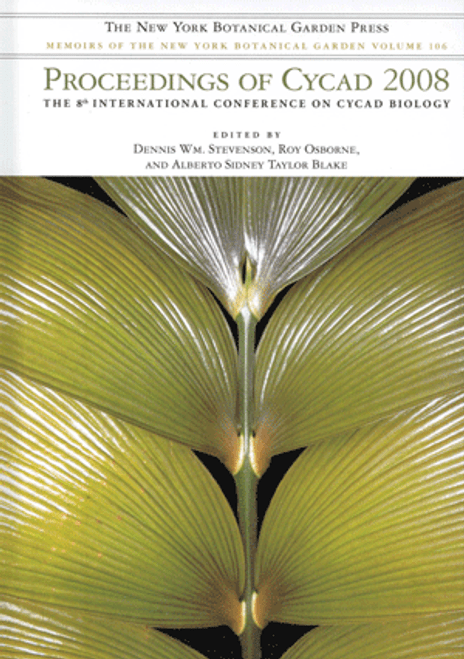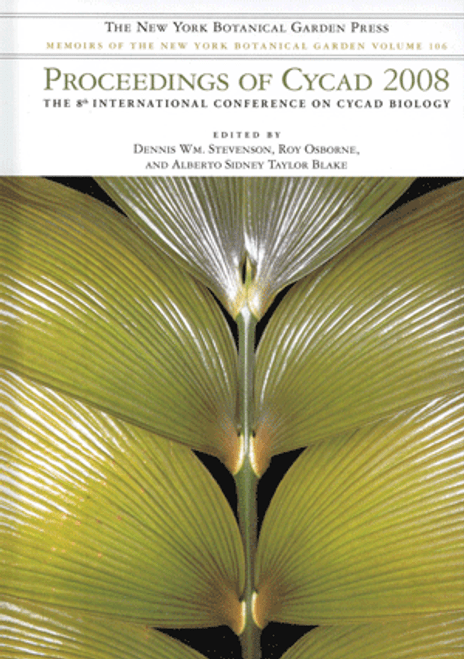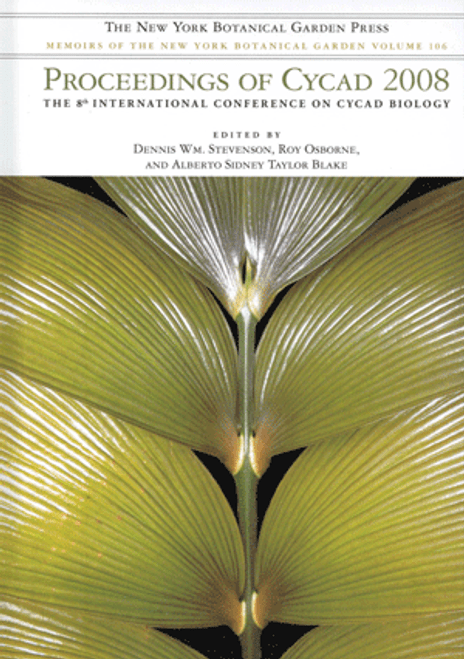This purchase only includes chapter 18 of this title.
Abstract
In Guam and the western Pacific there are several neurodegenerative diseases linked to the ingestion of the flour of the seeds of the cycad, Cycas micronesica. Grouped together, these diseases are called Amyotrophic Lateral Sclerosis– Parkinsonism dementia complex (ALS-PDC). PDC is currently one of the most prevalent diseases in the Chamorro people of Guam and in New Guinea. There is also ALS, which has declined in prevalence to rates that are comparable to those found elsewhere. In addition, there is a dementia, whose incidence has been increasing. Some individuals have one of these neurodegenerative diseases, and some have more than one. The original intent of the experiments described below was to recreate the ALS form of ALS- PDC by feeding rats washed cycad flour. Surprisingly, instead of developing ALS, as do CD1 mice upon cycad ingestion, the rats developed parkinsonism. There was no loss of spinal motor neurons; however, there was a loss of dopamine neurons in the substantia nigra pars compacta (SNc) and dopamine terminals in the striatum. This finding also showed individual variability reminiscent of the human disorder. Features of this disorder in rats include motor behavioral deficits and biochemical abnormalities in neurons and glia including α-synuclein accumulation in the SNc. The behavioral deficits are progressive, as is parkinsonism. In all cases, these effects stem from the same source as that postulated to be the basis for PDC in the Chamorro people: consumption of washed cycad flour as part of the diet. The cycad flour we use does not contain the toxins traditionally associated with PDC (BMAA [β-methylamino-L-alanine] or cycasin), suggesting that the causative toxin(s) is(are) novel, at least to studies of ALS- PDC. In addition, as was reported by Kurland in analyzing ALS-PDC cases, exposure to the cycad flour does not have to be continuous, but acts as a “slow fuse� in causing neurodegeneration.











